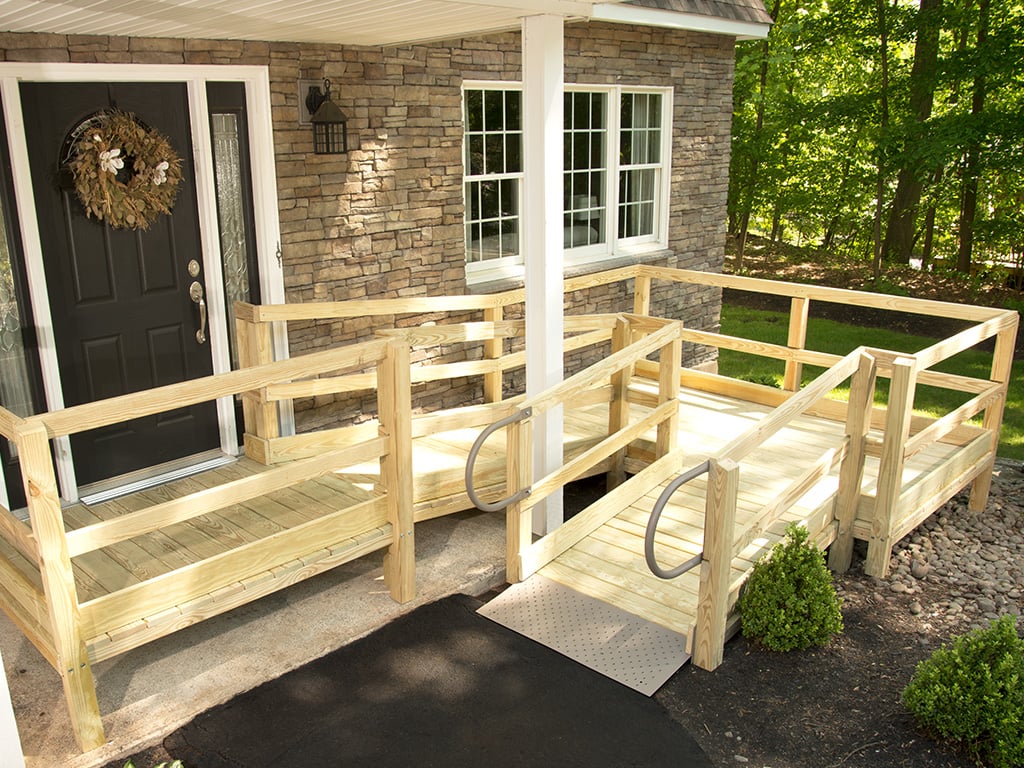At the home, the three wires from the post/green box transformer are associated through a wattmeter and afterward enter a fundamental help board that is grounded to a long copper pole crashed into the ground or to the steel in a home’s establishment. The A-stage and B-stage wires that enter the fundamental board are associated through a primary separate breaker, while the impartial wire is associated with a terminal alluded to as the unbiased bar or nonpartisan transport. A ground bar likewise might be available inside the primary help board. The ground bar is associated with the establishing pole or to the dylandogdeadofnight steel upholds. Inside primary help boards, the nonpartisan bar and the ground bar are associated together (they go about as one).
In any case, inside subpanels (administration boards that get their power from the primary assistance board however which are found some separation from the principal administration board), the nonpartisan and ground bars are not combined. All things being equal, the subpanel’s ground bar gets a ground wire from the primary help board. Frequently the metal channel that is utilized to move the wires from the fundamental help board to the subpanel is utilized as the “ground wire.” In any case, for specific basic applications (e.g., PC and life-emotionally supportive networks), the ground wire likely will be incorporated inside the conductor. Likewise, if a subpanel isn’t situated in a similar structure as the fundamental board, another ground pole commonly is utilized to ground the subpanel. Note that various locales inside the US might utilize different wiring conventions.
Inside the primary assistance board, there are ordinarily two transport bars into which electrical switch modules are embedded. One of these transport bars is associated with the A-stage wire; the other transport bar is associated with the B-stage wire. To control a gathering of 120-V burdens (e.g., higher up lights and 120-V outlets), you throw the principal breaker to the off position and afterward embed a solitary shaft breaker into one of the transport bars. (You can pick either the A-stage transport bar or the B-stage transport bar. The decision of which transport bar you utilize possibly becomes significant with regards to adjusting the general burden erring on that in a moment.) Next, you take a 120-V three-wire link and associate the link’s dark (hot) wire to the breaker, interface the link’s white (unbiased) wire to the impartial bar, and associate the link’s ground wire (green or uncovered) to the ground bar. You then, at that point, run the link to where the 120-V burdens are found, interface the hot and impartial wires across the heap, and secure the ground wire to the instance of the heap (commonly a ground screw is provided on an outlet mounting or light figure for this reason).
To control other 120-V loads that utilization their own breakers, you essentially do exactly the same thing you did in the last arrangement. Nonetheless, to expand the limit of the fundamental board (or subpanel) to supply however much current as could reasonably be expected without over-burdening the principal electrical switch all the while, it is vital to adjust the quantity of burdens associated with the A-stage breakers with the quantity of burdens associated with the B-stage breakers.
This is alluded to as adjusting the heap. Presently, to supply capacity to 240-V machines (e.g., stoves, washers, and so on), you embed a twofold post breaker between the A-stage and B-stage transport bars in the principal board (or subpanel). Then, you take a 240-V three-wire link and join one of its hot wires to the A-stage terminal of the breaker and connect its other hot wire to the B-stage terminal of the breaker. The ground wire (green or uncovered) is associated with the ground bar. You then run the link to where the 240-V burdens are found and connect the wires to the relating terminals of the heap (commonly inside a 240-V outlet). Likewise, 120-V/240-V machines are wired along these lines, aside from you utilize a four wire link that contains an extra unbiased (white) wire that is joined at the impartial bar inside the fundamental board (or subpanel). (As a pragmatic note, you could utilize a four wire 120-V/240-V link rather than a 240-V three-wire link for 240-V applications-you would simply abandon the nonpartisan wire for this situation.)

